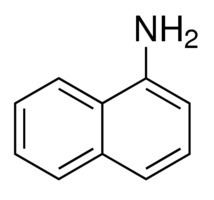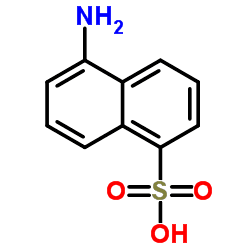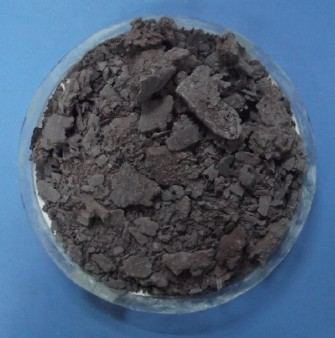Formula C10H9N Density 1.11 g/cm³ | Molar mass 143.19 g/mol Boiling point 301 °C | |
 | ||
Related compounds Appearance Colorless crystals (reddish-purple in air) | ||
Medical vocabulary what does 1 naphthylamine mean
1-Naphthylamine is an aromatic amine derived from naphthalene. It crystallizes in colorless needles which melt at 50 °C. It possesses a disagreeable odor, sublimes readily, and turns brown on exposure to air. It is the precursor to a variety of dyes.
Contents

Preparation

It can be prepared by reducing 1-nitronaphthalene with iron and hydrochloric acid at about 70 °C. After the reaction mixture is neutralized with milk of lime, the naphthylamine steam-distilled. It can also be prepared, in the form of its acetyl derivative, by heating 1-naphthol with sodium acetate, ammonium chloride and acetic acid; by heating 1-naphthol with calcium chloride-ammonia to 270 °C; and by heating pyromucic acid, aniline, zinc chloride and lime to 300 °C.
Reactions and uses

Oxidizing agents, such as ferric chloride, give a blue precipitate with solutions of its salts. Chromic acid converts it into 1-naphthoquinone. Sodium in boiling amyl alcohol reduces it to aromatic tetrahydro-1-naphthylamine, a substance having the properties of an aromatic amine, for it can be diazotized and does not possess an ammoniacal smell. Since it does not form an addition product with bromine, reduction must have taken place in one of the nuclei only, and on account of the aromatic character of the compound it must be in that nucleus which does not contain the amino group. This tetrahydro compound yields adipic acid when oxidized by potassium permanganate.
Hydrolysis at 200 °C in sulfuric acid, it converts to 1-naphthol.
The sulfonic acid derivatives of 1-naphthylamine are used for the preparation of azo dye, these dyes possessing the important property of dyeing unmordanted cotton. The most important is naphthionic acid, 1-aminonaphthalene-4-sulfonic acid, produced by heating 1-naphthylamine and sulfuric acid to 170–180 °C with about 3% of crystallized oxalic acid. It forms small needles, very sparingly soluble in water. Upon treatment with the bis(diazonium) derivative of benzidine, 1-aminonaphthalene-4-sulfonic acid gives Congo red.
Safety
It is listed as one of the 13 carcinogens covered by the OSHA General Industry Standards.
